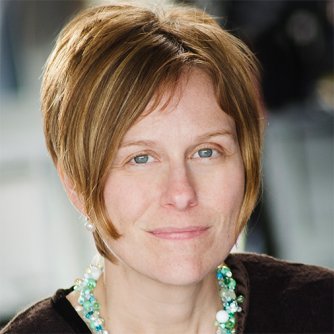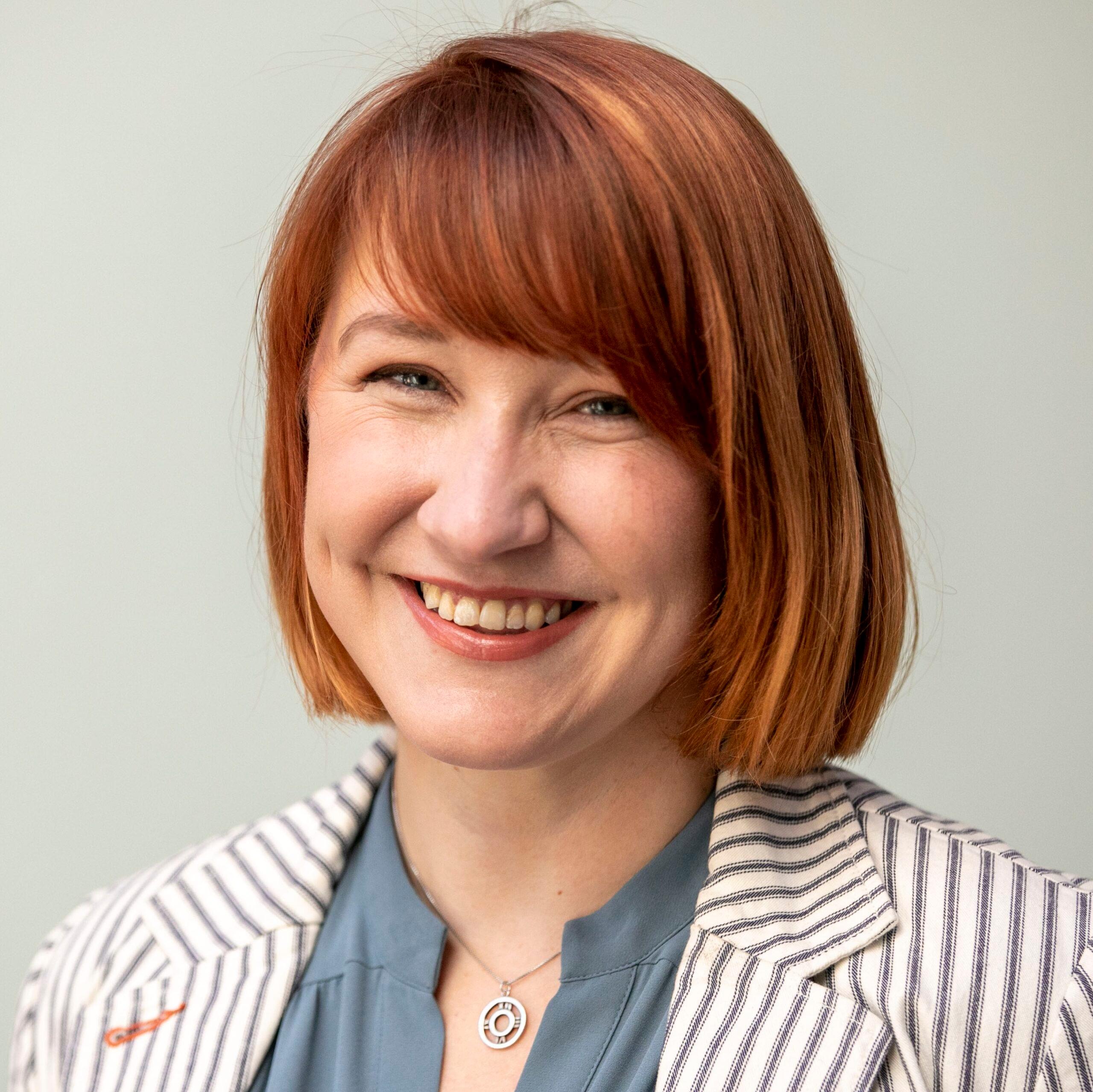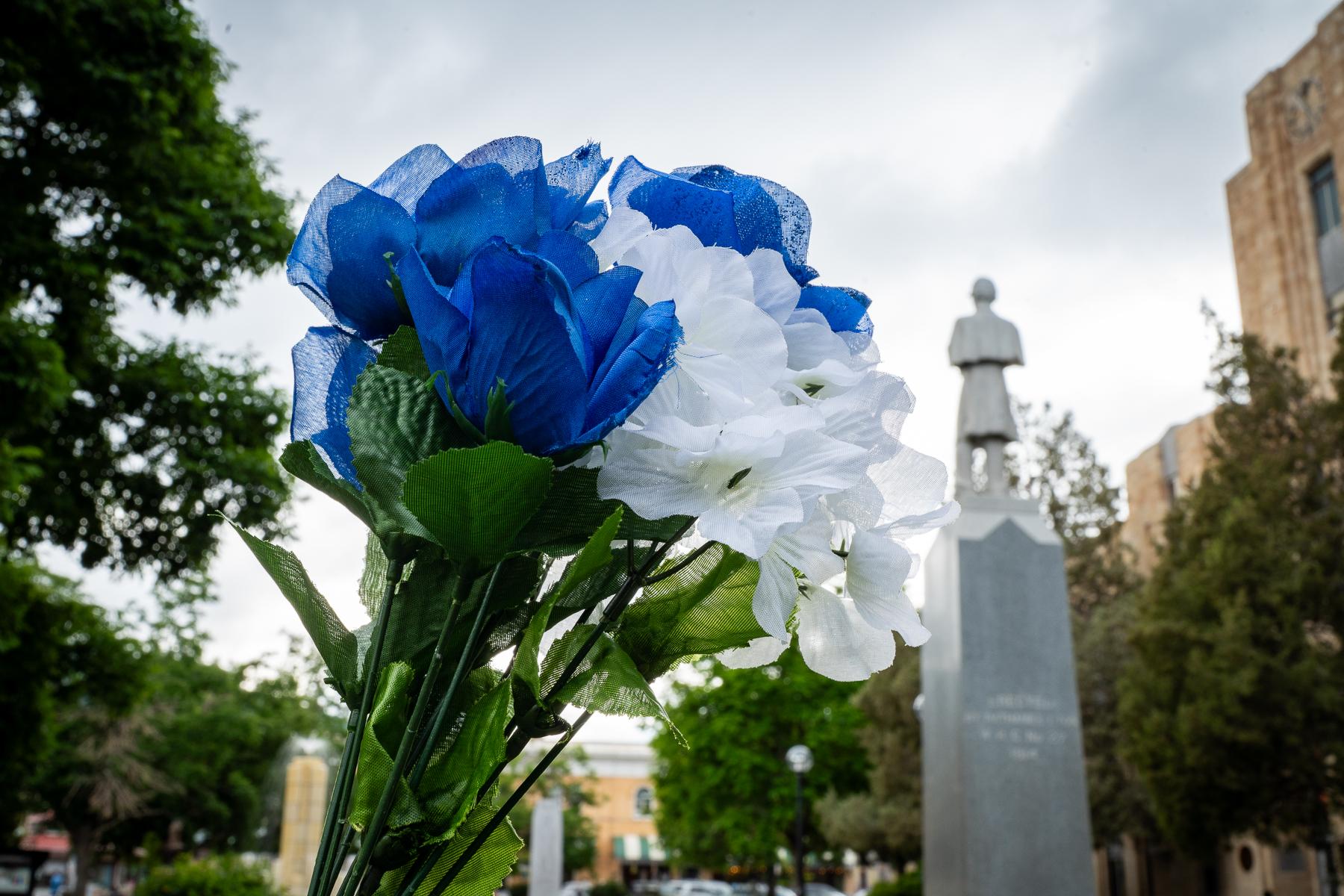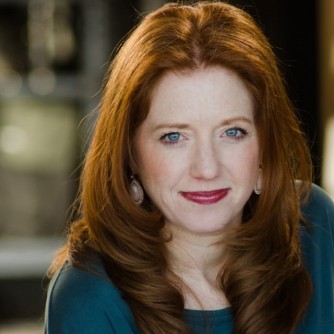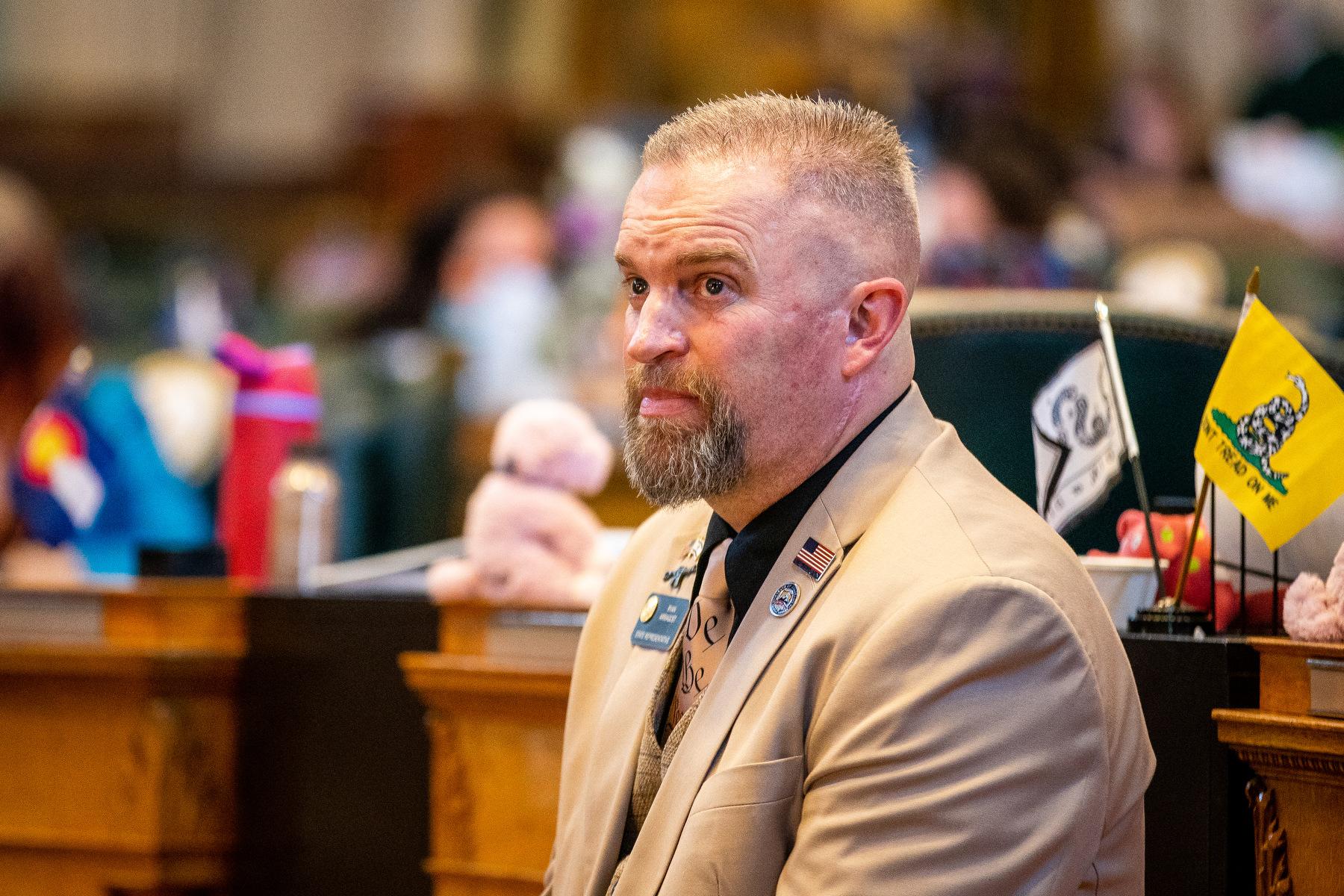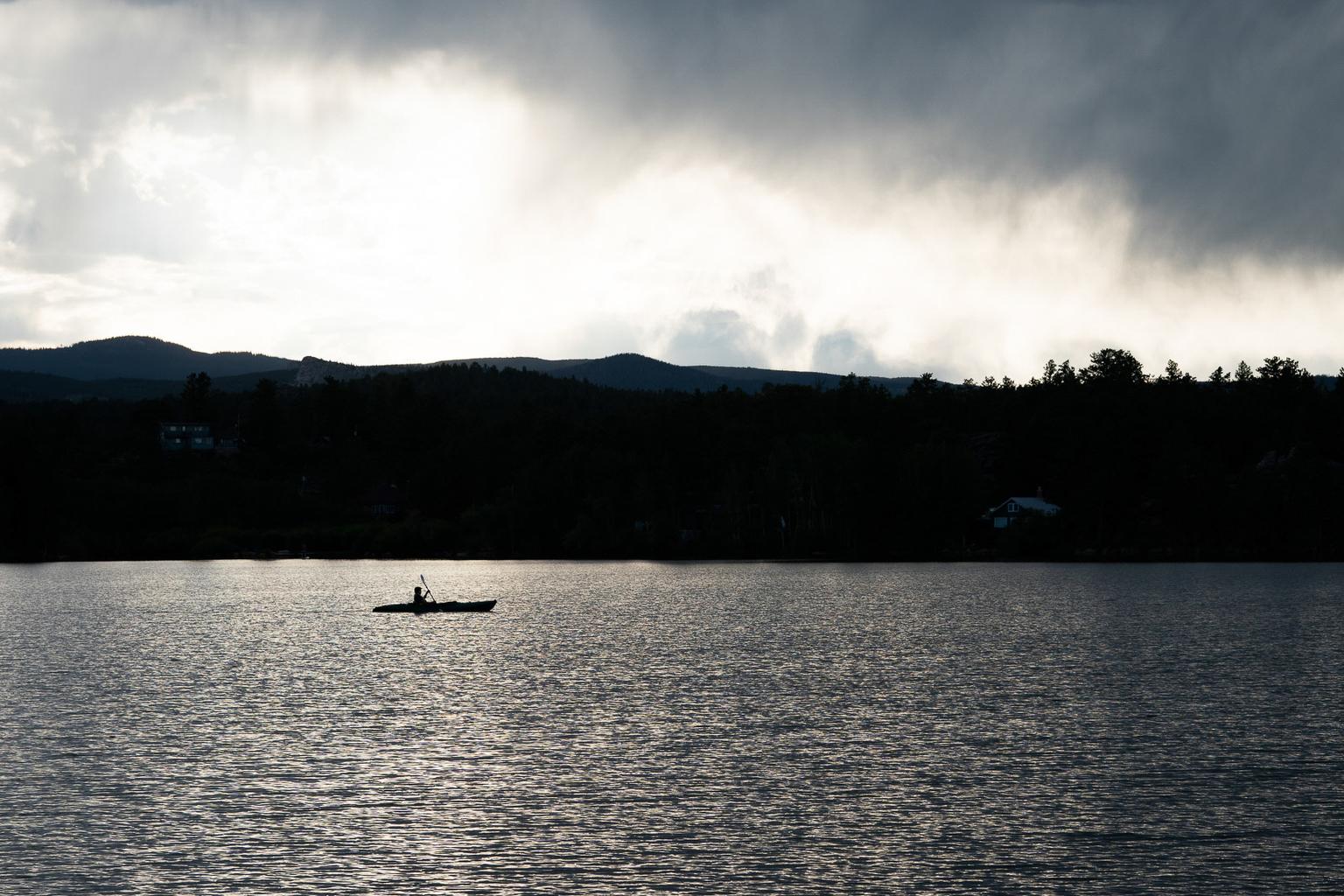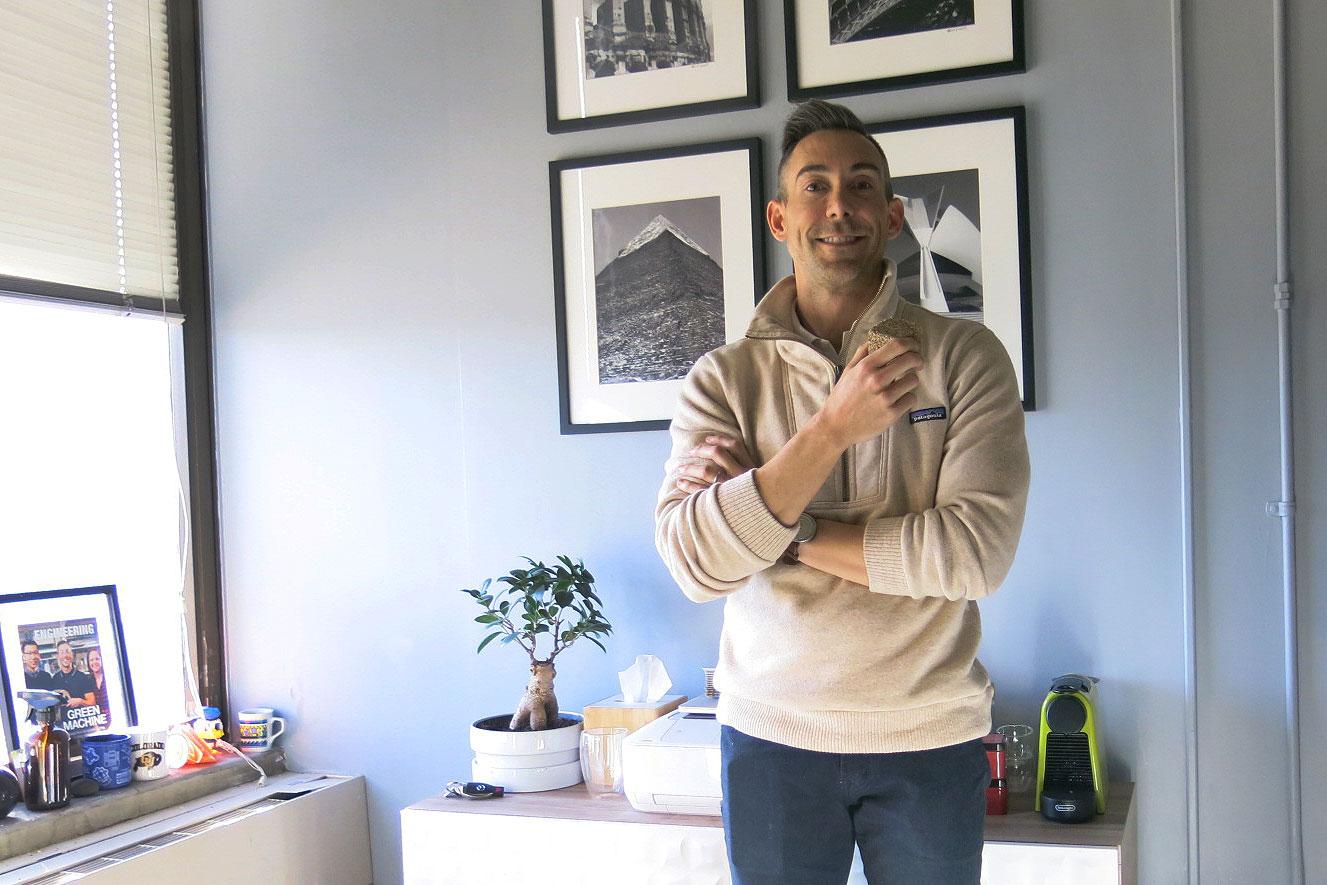
Heat-trapping gas that can seep from Colorado buildings is the third-largest source of emissions statewide. It’s a concern for environmental groups, which are rushing to restrict natural gas inside homes, and make office buildings more energy efficient. While that’s the most obvious avenue for change, one engineering professor at the University of Colorado Boulder has a different approach that could maximize emissions reductions.
Engineer Wil Srubar is creating new potential building materials that could one day suck carbon dioxide out of the air in the right conditions.
Deep inside the lab, Srubar is using temperature and humidity in a lab to grow bacteria, which mixed with sand and other materials can create a living brick.
Here’s how it works: The mix sucks C02 from the atmosphere. It does this while forming a rigid structure that’s strong enough to bear similar loads to regular bricks.
“I envision a future in which we’re not burning the limestone to make the cement, we’re not melting the sand to make the glass, we’re not mining the ore to make steel,” said Srubar, who was a co-author on a paper about the subject. “We’re really using biology to grow materials that we choose to build with.”
The bricks look like a type of cement mixed with coarse sand, but they’re sturdy enough to stand on. They can fill grow and take up many shapes. Under hot and humid conditions, these bricks grow. That’s because they contain living bacteria.
If the bio bricks eventually replace steel and cement in building construction, they could yield another benefit: Even more reductions in C02. Manufacturers of both steel and cement emit a lot of carbon dioxide when they produce the materials.
Also, these bricks can multiply on their own using cyanobacteria. Under the right conditions, they can absorb C02.
“It’s pretty crazy,” said Srubar. “You can leverage the exponential growth of bacteria to exponentially manufacture materials. So you can split one brick into two. Two into four. Four into eight.”
Srubar developed the concept with the help of a team that included other engineers, a biochemist and graduate students. The paper was published in the journal Matter.
